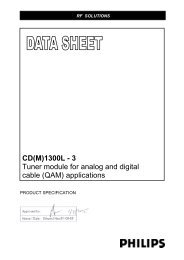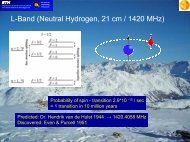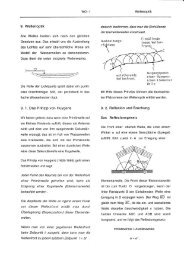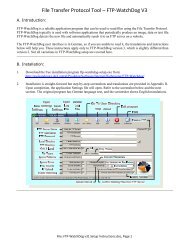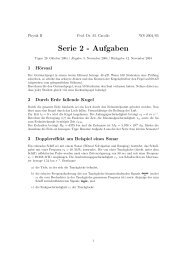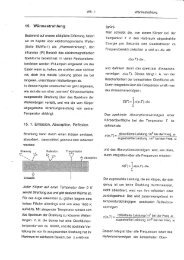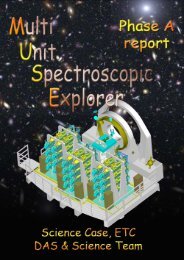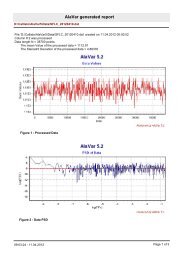Chapter 3: THE FRIEDMANN MODELS
Chapter 3: THE FRIEDMANN MODELS
Chapter 3: THE FRIEDMANN MODELS
You also want an ePaper? Increase the reach of your titles
YUMPU automatically turns print PDFs into web optimized ePapers that Google loves.
3.8 The Big Bang<br />
We have now calculated R(τ) for three generic models for a pressure-less expanding<br />
Universe. Because gravity acts on matter to decelerate it, it should not be surprising<br />
that these three all have R = 0 at some finite time in the past. As noted above, any<br />
curvature present today will be less important at earlier epochs, as Ω → 1. We would<br />
expect radiation to become dynamically dominant at some earlier point in time, but it<br />
too has R = 0 at some point in the past. Of course, R = 0 implies a singularity and it is<br />
likely that some new physics must be introduced at such early times (as we’ll see<br />
below) but a compact, rapidly expanding state for the Universe is a strong prediction<br />
of the Friedmann models.<br />
As noted above, even a non-zero false vacuum density today would, if constant, be<br />
unimportant before some earlier epoch.<br />
The idea that the Universe was once in an extremely compressed state is the<br />
fundamental feature of the Friedmann models. This compressed but rapidly expanding<br />
state is known as the Big Bang. The term was introduced, in a derisory way, by Fred<br />
Hoyle during a radio broadcast.<br />
<strong>Chapter</strong> 3: Key points<br />
1. The correct Friedmann equation in & R (from GR) can in fact<br />
be generated from the Newtonian && R equation if we set the density to<br />
be the so-called "active density".<br />
2. The dynamics of the Universe depend on the equation of state<br />
of the matter-radiation in the Universe as this determines how the<br />
density changes as the Universe expands. Our matter-dominated<br />
Universe was once radiation dominated.<br />
3. The density parameter Ω determines in fundamnetal way<br />
both the dynamics and the curvature of the Universe.<br />
4. For a given equation of state, the term in the Robertson-<br />
Walker metric mat be written in terms of (c/H 0 )Z q (z), where q is a<br />
deceleration parameter.<br />
5. A false vacuum energy density is equivalent to a non-zero Λ<br />
term in the Friedmann equation.




